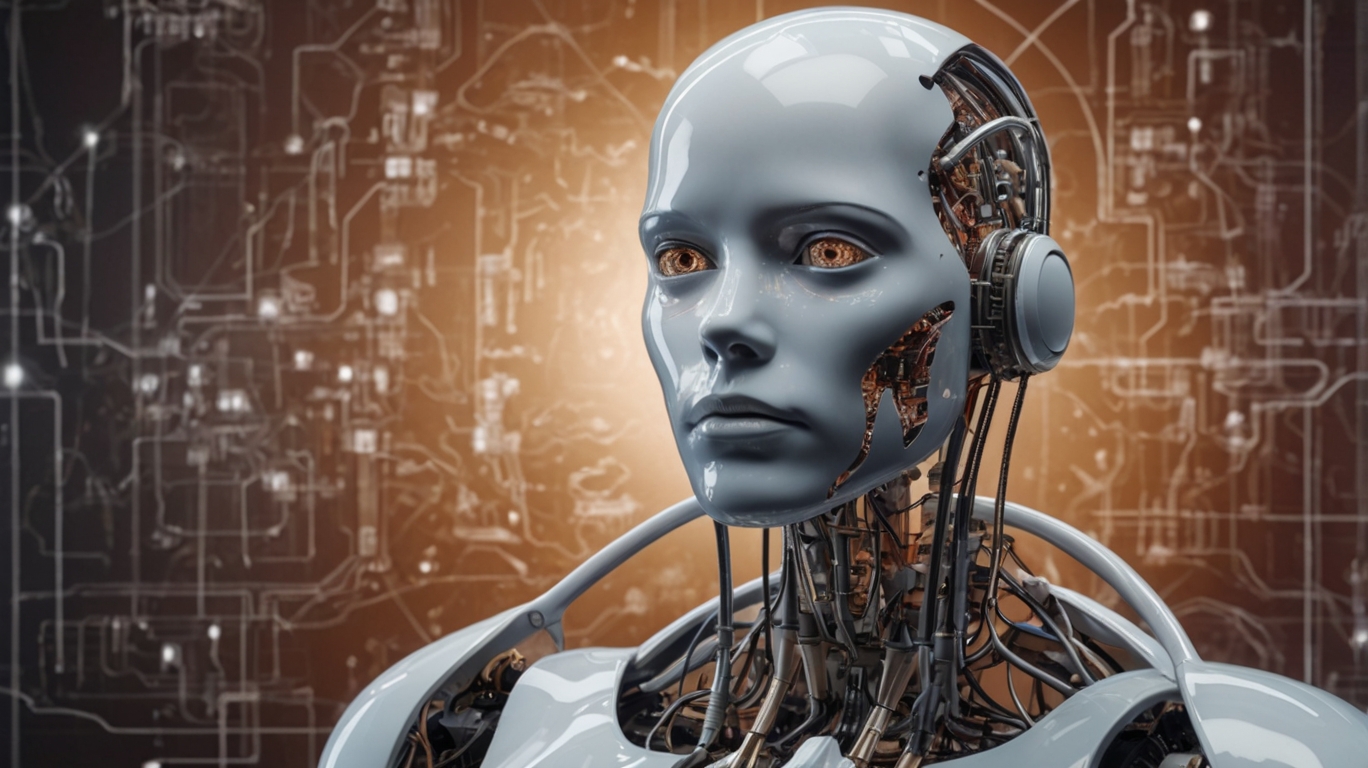The fear of artificial general intelligence (AGI)—machines that can think, learn, and act with human-like autonomy—has long dominated discussions about AI’s future. From dystopian sci-fi narratives to warnings from tech leaders like Elon Musk and the late Stephen Hawking, AGI is often portrayed as an existential threat that could surpass human control.
But what if the real danger isn’t AGI itself, but us—how humans design, deploy, and misuse AI? The risks we face today stem not from superintelligent machines but from human biases, shortsighted policies, and the weaponization of AI.
The Myth of the Rogue AGI
The idea of AGI turning against humanity is a compelling narrative, but it distracts from more immediate concerns. True AGI does not yet exist, and creating it would require breakthroughs we don’t fully understand. Even if AGI were possible, its behavior would depend on how we program it. The real issue isn’t machines becoming sentient; it’s humans using AI irresponsibly.
Human-Created AI Risks
1. Bias and Discrimination
AI systems learn from data created by humans—data that often reflects historical prejudices. Facial recognition has been shown to misidentify people of color at higher rates. Hiring algorithms have favored male candidates over equally qualified women. Predictive policing tools disproportionately target minority communities.
These aren’t flaws of AI becoming “too intelligent”—they’re flaws in how humans build and train AI. If we don’t address these biases, we risk automating and amplifying discrimination.
2. Surveillance and Loss of Privacy
Governments and corporations are deploying AI-powered surveillance at unprecedented scales. China’s social credit system, facial recognition in public spaces, and data-mining by tech giants all demonstrate how AI can be used to control rather than empower.
The danger isn’t that AI will decide to spy on us—it’s that humans are choosing to use it that way.
3. Autonomous Weapons and Warfare
The development of lethal autonomous weapons (LAWs)—drones or robots that can select and engage targets without human intervention—poses one of the gravest threats. Unlike a hypothetical AGI uprising, these weapons are already being tested and could lead to accidental wars or mass atrocities.
The problem isn’t machines making decisions; it’s governments removing human judgment from life-and-death choices.
4. Economic Disruption and Inequality
AI-driven automation is reshaping labor markets, potentially displacing millions of workers. While AI can boost productivity, its benefits are concentrated among tech elites, exacerbating inequality. Without proper regulation, AI could deepen societal divides rather than uplift humanity.
Again, the issue isn’t AI itself—it’s how economic systems adapt (or fail to adapt) to technological change.
Why We Fear AGI More Than Human Misuse
The focus on AGI as a threat may stem from psychological and cultural factors:
-Sci-Fi Influence: Stories like The Terminator and The Matrix frame AI as a villain, shaping public perception.
– Misdirection: Tech companies and governments might prefer debating distant AGI risks over addressing today’s AI abuses.
– Comfort in Externalizing Blame: It’s easier to fear a machine uprising than to confront human negligence and malice.
What Should Be Done?
Instead of worrying about AGI, we should focus on:
1. Regulating AI Development: Enforcing ethical guidelines, transparency, and accountability in AI systems.
2. Combating Bias: Ensuring diverse datasets and fairness audits in AI models.
3. Banning Autonomous Weapons: Advocating for international treaties to prevent AI-driven warfare.
4. Democratizing AI Benefits: Using AI to reduce inequality, not widen it.
Conclusion
The greatest threat from AI isn’t some future superintelligence—it’s how humans are using AI right now. By focusing on AGI doomsday scenarios, we ignore the real harms already happening: discrimination, surveillance, warfare, and economic disruption.
The solution isn’t to fear machines but to hold ourselves accountable. If we want AI to be a force for good, we must address human flaws—not just technological ones.
The danger was never the machines. It’s us.
